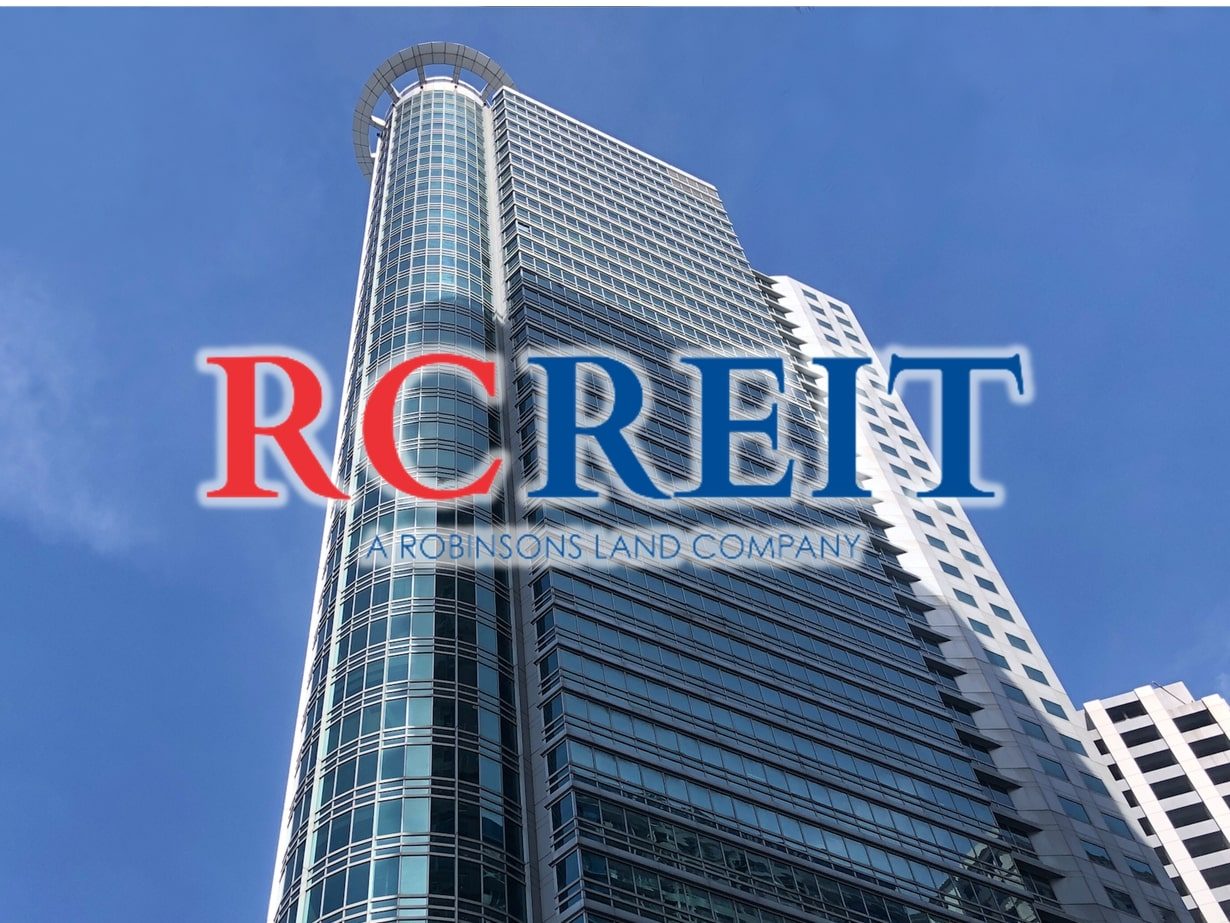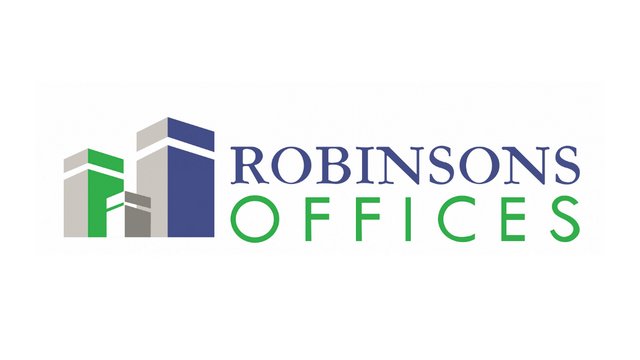SUMMARY
This is AI generated summarization, which may have errors. For context, always refer to the full article.

Editor’s note: This content is sponsored by Robinsons Land Corporation and was produced by BrandRap, the sales and marketing arm of Rappler. No member of the news and editorial team participated in the production of this piece.
For young adults, an entry into physical real estate investments is often a highly desirable, albeit lofty, goal.
For one, it’s historically a well-performing investment due to the constant rising demand for it. According to the latest Bangko Sentral ng Pilipinas’ Residential Real Estate Price Index (RREPI), prices for properties remain on an overall upward trend since 2016, and it’s already on the mend following the pandemic lockdown period.
Real estate’s consistent performance also protects it from the pitfalls of everyone’s enemy: inflation, a prevalent issue in the Philippines. In fact, controlling it remains a “top urgent national concern” for many Filipinos, as found in a recent Pulse Asia Survey. Real estate has been a tried and tested hedge against this concern as property owners can maneuver their assets according to the country’s economic state. It might be even simpler for those who invest in tried-and-tested developers like Robinson’s Land Corporation (RLC), whose offers vary from physical properties to REIT investments.
However, as attractive as physical real estate investments are, a looming barrier especially for young investors is the huge capital needed to acquire it. As of 2022 Q2 according to RREPI, the average appraised value per sqm in Metro Manila is at P119,841 – which is way beyond even the top-level salary of digital entry-level jobs, which come in at approximately P30,000.
So how can young investors enter real estate? Real estate investment trusts (REITs) could be the answer – and we’ve prepared some FAQs to get you started on your journey.
What is a REIT and why is it accessible?
REITs are companies that own, fund, and operate income-generating properties. Investors can take part in REITs through its mutual fund model, in which pooled money from multiple shareholders go into financing the growth of these properties.
An example of this would be the Robinsons Land Commercial REIT (RCR), a prime REIT in the Philippines which is managed by one of the country’s leading real estate developers. RCR is mainly composed of office buildings with a wide geographical reach. These can be advantageous characteristics of a REIT – which we will talk more about below.
In general, the great thing about REITs is that you can buy into them with minimal capital. All you would need is to invest through an online trading account, with popular platforms like COL Financial allowing investors to open accounts for as low as P1,000.
REITs are also gaining popularity as more investors take part in the new sector, which first introduced its initial public offering (IPO) in 2020. By April of 2022, REITs were able to generate P76.42 billion in new capital for the country in less than two years. This already puts the Philippine REIT sector as a mid-tier performer among selected South and East Asian countries.
Several macro factors, such as the war in Ukraine, rising interest rates, and supply chain issues, are affecting share prices globally. This makes this a great time to start as prices are lower. For example, RCR’s share price is currently P5.81, which is lower than the IPO price of P6.45 making it an opportune choice for cost averaging.
Is it stable and profitable?
Overall, yes. What makes REITs a desirable asset for passive income is that they are required to pay 90% of their dividends to shareholders. Plus, REITs pay out in dividends to their shareholders regularly, since they are fueled by reliable long-term rentals. On top of that, REITS provide the same stability as investing into physical real estate assets due to the steady long-term appreciation of commercial real estate.
Moreover, REITs have an advantage over physical real estate because these assets are already liquidated. In times of an emergency, you can’t quickly recover the money you have sunk into physical properties. REITs, on the other hand, allow you to sell your shares as long as the market is open. Another bonus: You won’t have to worry about maintenance of a property, since REITs are handled by time-honored corporations.
I’m in! How do I choose a good REIT?
A key indicator of an investment-worthy REIT is the management that handles the properties. A flourishing REIT depends on high occupancy rates, which means that the company must be able to continuously attract lessees through outstanding property management, high customer traffic for commercial properties, and generous tenant support.
It would also be wise to choose REITs that already have a proven track record of their real estate niche. Legacy companies with decades of positive performance in the country are a reliable bet, especially for first-time investors.
Finally, the geographic reach of a REIT is worth considering to further ensure that your investment will take less concentration risks. For example, a REIT with Metro Manila-centric properties would take some damage should a calamity fall on the region, while a REIT with properties spread across the country would be able to mitigate losses more effectively.
A REIT with an outstanding track record
Ready to take the plunge into real estate investments? For greenhorn investors, you can consider the REIT of a trusted real estate giant like RLC.
Boasting a 99% occupancy rate and over 40 years of real estate excellence, RCR checks off all the boxes of an outstanding REIT. Another ode to the company’s competency is that RCR exceeds its target revenue quarterly versus its REIT plan.
Aside from its track record, RCR also has the widest geographical reach among local REITs, with properties in 10 key cities. The REIT’s BPO properties adopt a hub and spoke model, which allows the company to reach quality manpower outside of the metro while also encouraging “reverse migration.” The company also has several brand new office developments in its pipeline with sustainability and innovation at its core.
RLC also projects that along with the economy’s recovery, the IT-BPO industry will experience a resurgence of growth. According to Colliers, the country is geared up to take on a “bigger slice” of the global BPO market share. This equates to a positive outlook for RCR, as most of its properties’ buildings operate with IT-BPO companies – a sector which has had a historically strong performance in contributing to the country’s GDP.
To learn more if RCR is the right (or shall we say REIT?) investment for you, visit the company’s official website today. Good luck on your real estate journey, newbie investors! – Rappler.com
Add a comment
How does this make you feel?


![[ANALYSIS] Search for stocks that continue to sizzle](https://www.rappler.com/tachyon/2024/04/search-stocks-that-sizzle-April-5-2024.jpg?resize=257%2C257&crop_strategy=attention)



There are no comments yet. Add your comment to start the conversation.